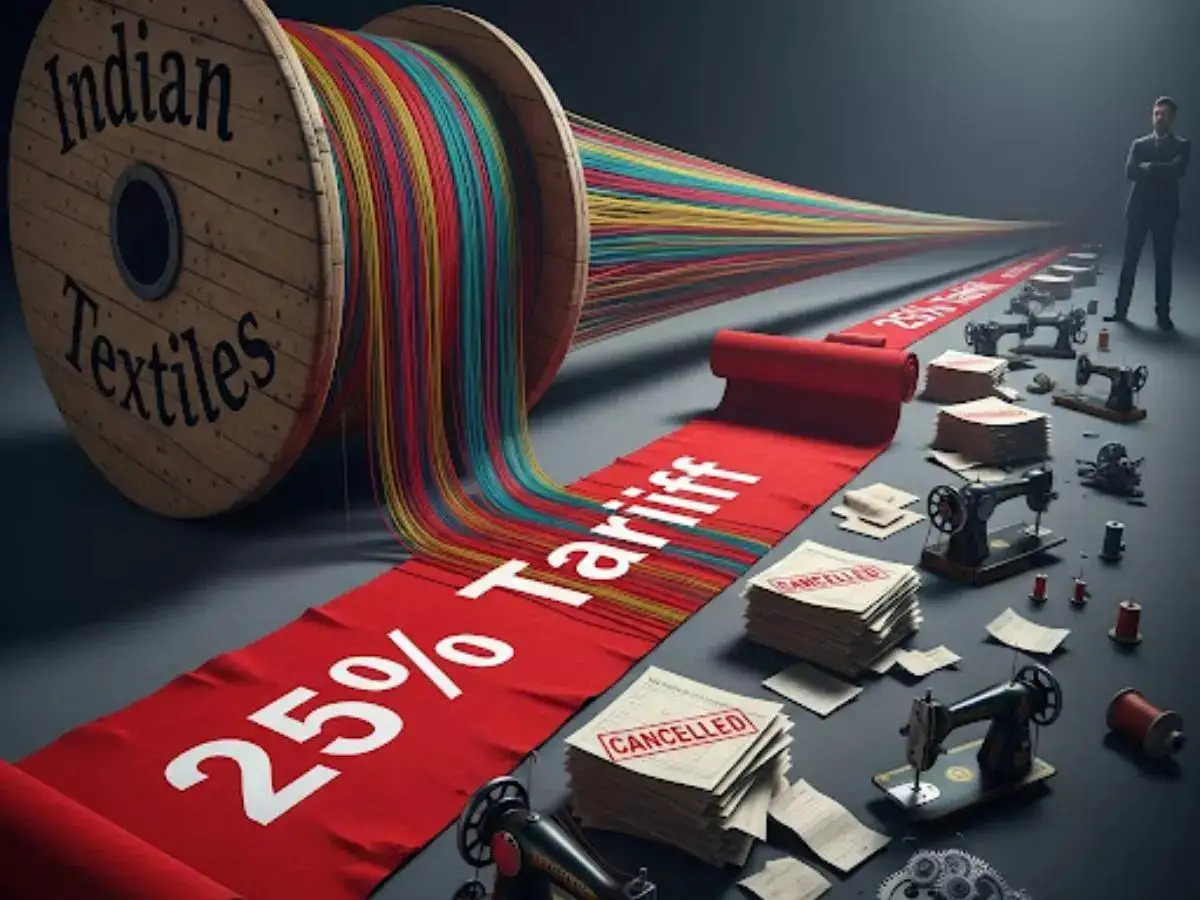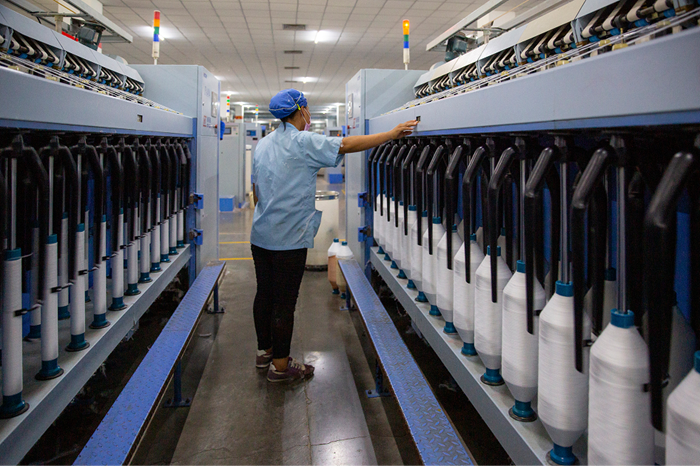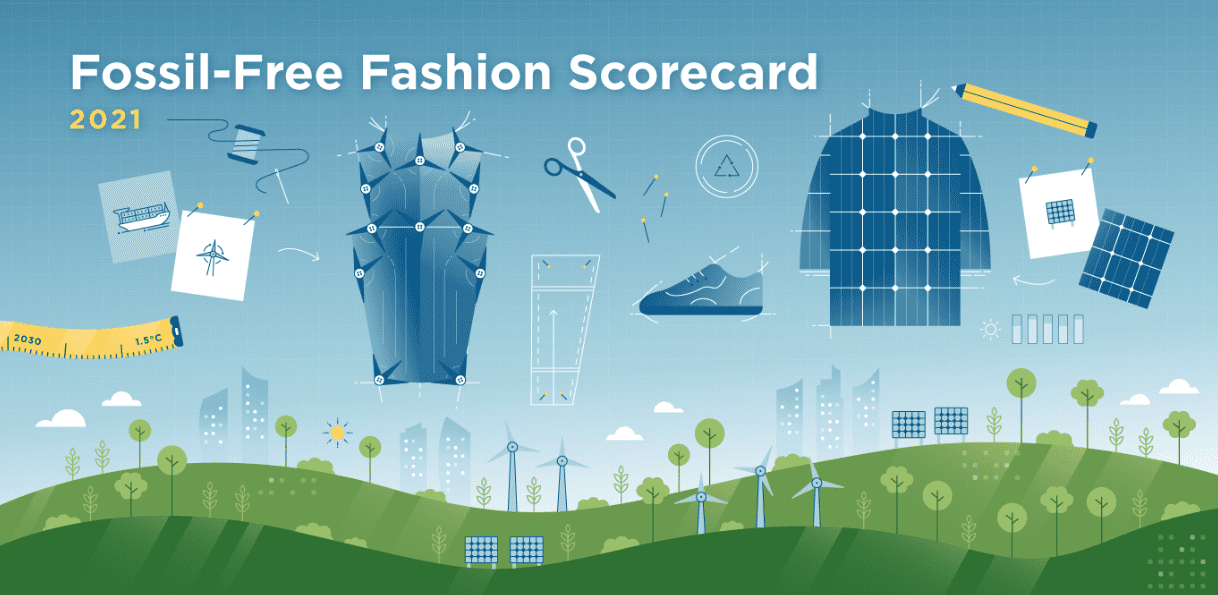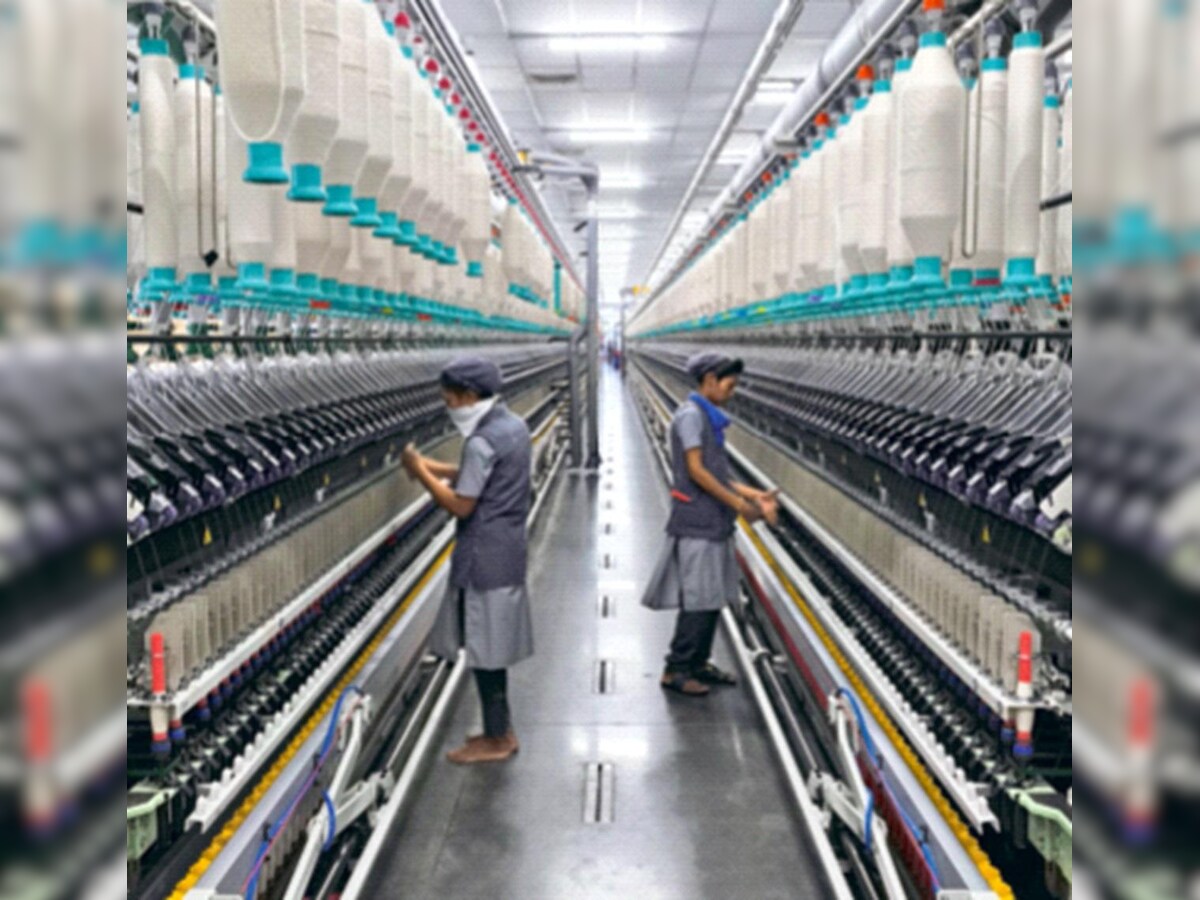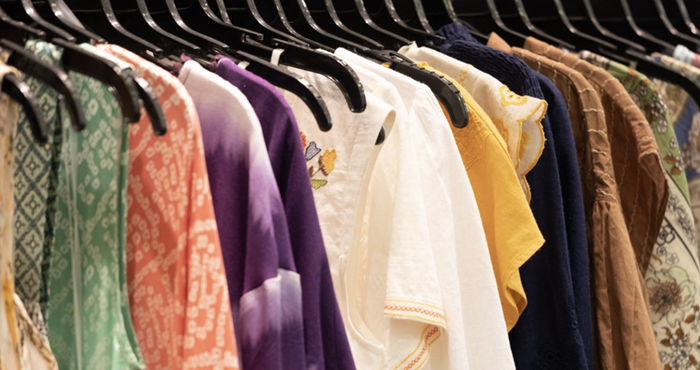"The proposed changes in the North American Free Trade Agreement (NAFTA), has resulted in companies planning to shift their manufacturing base away from Los Angeles. As Mateo Juarez, GM, United Jeans says, in Los Angeles County, the minimum wage for businesses with more than 26 employees rises to $12 an hour from July 1, from the current $10.50 an hour. Nobody wants to pay this minimum wage as it is adding to additional cost of an already higher production price that keeps going up in California with new laws and regulations."

The proposed changes in the North American Free Trade Agreement (NAFTA), has resulted in companies planning to shift their manufacturing base away from Los Angeles. As Mateo Juarez, GM, United Jeans says, in Los Angeles County, the minimum wage for businesses with more than 26 employees rises to $12 an hour from July 1, from the current $10.50 an hour. Nobody wants to pay this minimum wage as it is adding to additional cost of an already higher production price that keeps going up in California with new laws and regulations. Giving an example, Juarez explains that if you make blue jeans in China, including the fabric washes, it would cost up to $6. In Mexico, it would cost $10, which includes dropping off to Los Angeles. While in the US, it would cost around $40 to $50. Lot many producers such as Steve Rhee, owner of Jean Mart Inc, and Atomic Denim, which has 200 workers have made premium blue jeans for Tom Ford, Diesel and Hudson, have been getting calls from brands doing an exploratory search for possible Los Angeles production facilities.
NAFTA renegotiations

While the public hearings on NAFTA’s renegotiations is due on June 27 in Washington, DC, companies, industries and interested parties can suggest the changes they would like to see or not see implemented in a revamped trade agreement that hasn’t been overhauled in 23 years. The real work would start on August 16, when the renegotiations on the free-trade agreement between the United States, Canada and Mexico are scheduled.
Big industries such as autos, dairy, sugar, energy and e-commerce, etc., would be given due attention in renegotiated NAFTA. Experts say, apparel and textiles may be less affected because clothing imports from Mexico is minuscule compared to imports from China and Vietnam. Nicole Bivens Collinson, an attorney who leads the international trade and government-relations practice at international law firm Sandler, Travis & Rosenberg, points out some of the changes could include de minimis requirements that under NAFTA allow 7 per cent of the total weight of the component that determines the classification of a garment to be from outside the NAFTA region. Under the Dominican Republic–Central America Free Trade Agreement, the accord allows for 10 per cent to be from outside the region.
What will be included?
Sewing thread, pocket lining and other inputs are some of the subjects likely to be addressed. Currently, NAFTA rules allow the use of sewing thread, narrow elastic fabric and pocket lining fabric from outside of the United States, Mexico and Canada. But under DR-CAFTA, which began to be implemented in 2006, the rule is sewing thread, narrow elastic fabric, visible linings and pocket-lining fabric must come from the region unless they are short-supply fabrics.
Under free-trade agreements, garments have to be made of regionally made fabrics coming from regional yarns, but exceptions to this rule can be requested if a fabric is not made in any of the countries that are part of the free-trade agreement. This means fabrics can be added to a short-supply list after a formal request is made to the trade authorities of the participating member countries in the free-trade pact.
Under DR-CAFTA, the addition of a fabric to the short-supply list takes about 45 days. Under NAFTA, it can take years, Collinson said. Many would like to see a speedier process implemented under a new NAFTA.
Then there are trade-preference levels, which allow a certain amount of yarns and fabric produced outside the free-trade-agreement region to be used in apparel production as long as the non-regional goods are cut and sewn within the free-trade countries.
There is a possibility of a stronger enforcement of countervailing duties and anti-dumping laws that add tariffs on goods being subsidised by foreign governments or on goods priced below fair-market value. Julie Hughes, President, US Fashion Industry Association, Washington, DC, says in the current environment with tough retail and a tough consumer environment for fashion products, we don’t think it is the time to tear it apart and start all over again.

